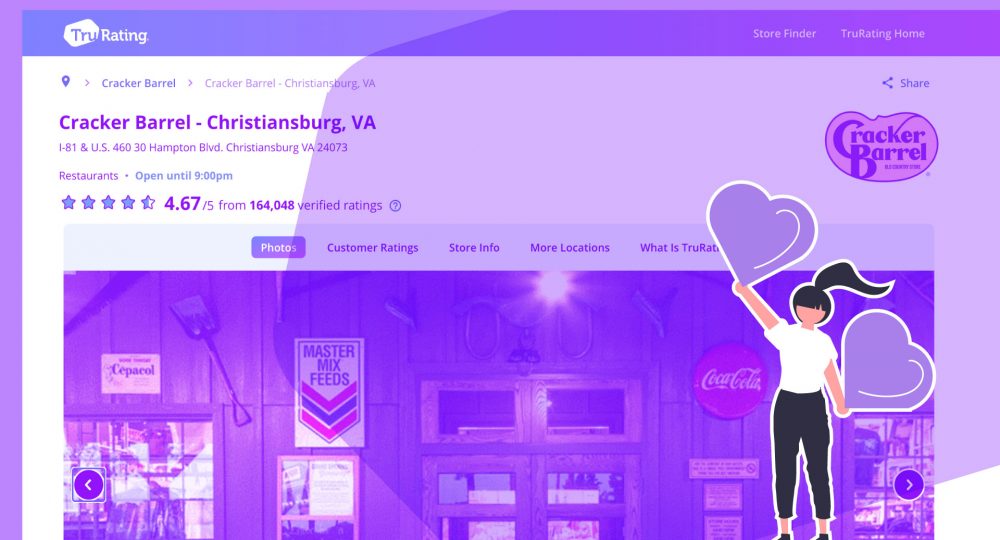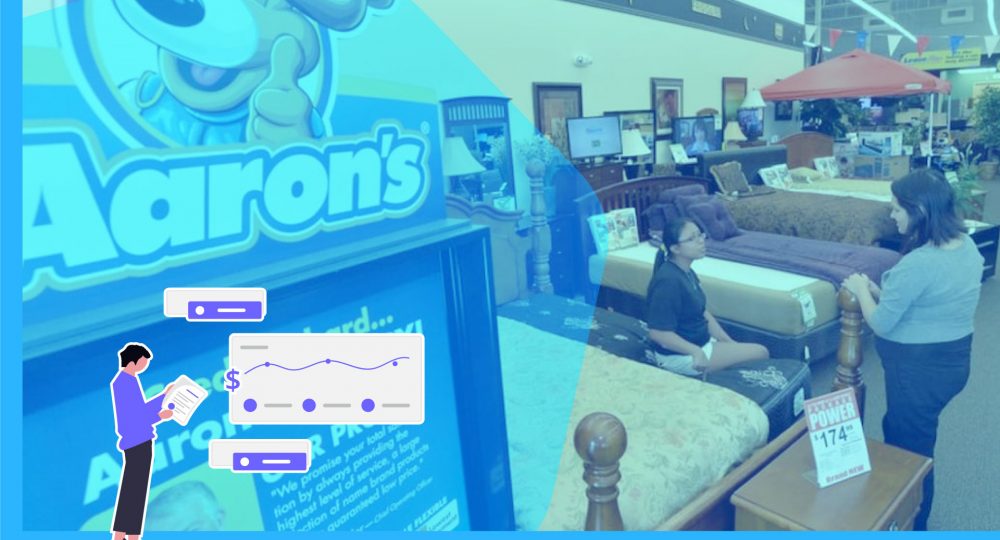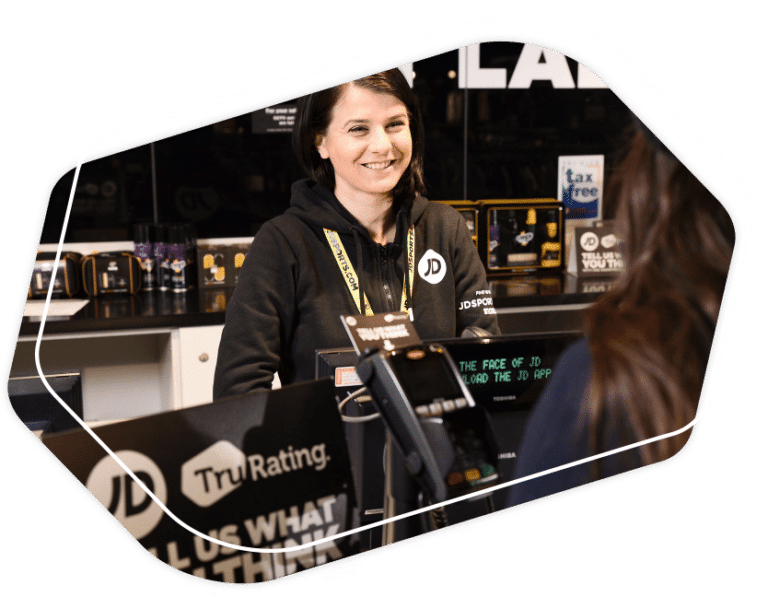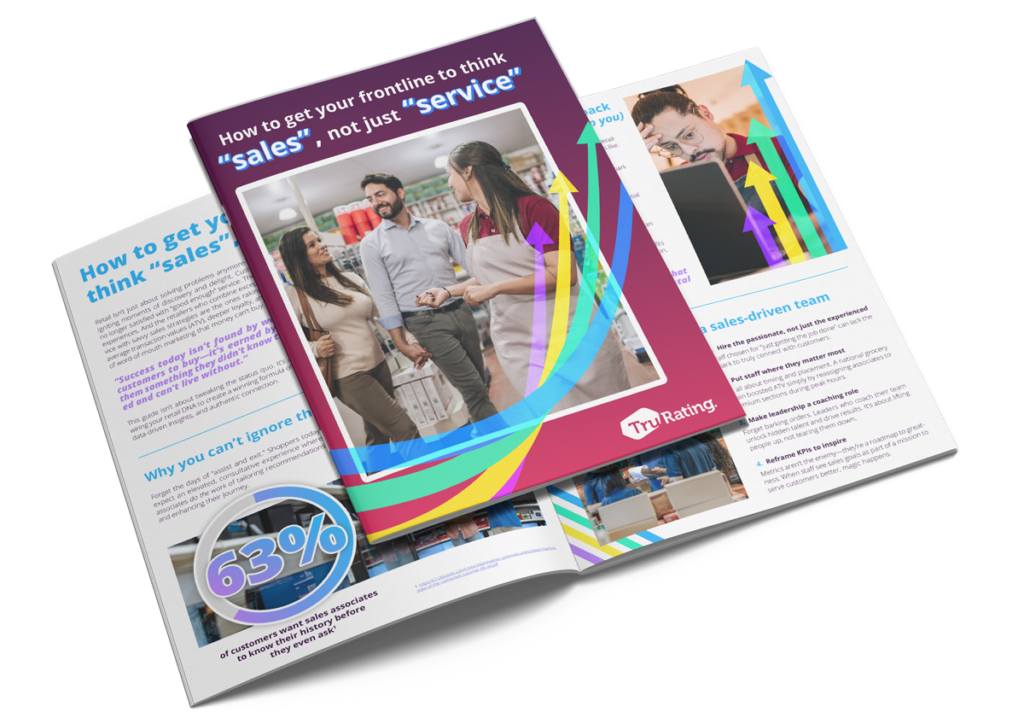Employee turnover in retail isn’t just annoying, it’s bleeding your bottom line. If you work in retail operations or HR, you’re likely already aware of this issue. However, simply recognizing that turnover is a problem doesn’t mean you’re taking steps to resolve it. This article discusses the reality of employee turnover in the retail industry, the costs involved, and, most importantly, the actions you can take to address it.
How high is retail employee turnover?
Retail has one of the highest employee turnover rates of any industry. According to the U.S. Bureau of Labor Statistics (BLS), the annual turnover rate for the retail trade sector consistently hovers around 60%, with some subsectors (like general merchandise and clothing stores) reaching turnover rates as high as 81% in recent years. That means sometimes, close to your entire frontline staff could turn over in a year. This isn’t just a “people problem”; it’s a productivity killer.
And no, this isn’t just about seasonal staff turnover. We’re talking about full-time, part-time, and even tenured employees leaving the company. This is because for too long retailers have treated staff like a replaceable commodity. This mindset has to go. If you don’t prioritize retail employee retention, you’re putting your business at risk.
Average employee turnover cost retail
While the average employee turnover cost in retail will vary from business to business (and even role to role), it consistently adds up. Factors like recruitment complexity, training time, and lost productivity create a serious financial burden. To estimate this impact, you can apply a straightforward formula popularized by Jack Altman in The Huffington Post:
(Hiring + onboarding + development + unfilled time) × (number of employees × annual turnover rate) = annual cost of turnover
Let’s apply that to a theoretical retail scenario. Imagine a mid-sized U.S. retailer with 100 employees and an annual turnover rate of 60% (not unusual for frontline retail workers, especially in part-time or entry-level roles). Now break down the per-employee cost:
- $4,000 in hiring (job ads, recruiting platforms, HR hours)
- $2,500 in onboarding and basic training
- $3,500 in lost productivity while the role is vacant or the employee ramps up
That’s a total of $10,000 per turnover event.
Multiply that by 60 exits a year (60% turnover of 100 employees):
$10,000 × 60 = $600,000 per year in turnover costs.
And that’s just the hard costs. It doesn’t factor in lower retail staff satisfaction, loss of institutional knowledge, damage to team morale, or the effect on customer experience when stores are chronically understaffed or staffed by undertrained employees.
We’ve seen this firsthand. One retailer using TruRating identified a clear pattern: customer experience scores dropped as turnover increased, and it took nearly two months for new hires to complete training and reach performance benchmarks.

Source: TruRating Executive Business Review for a leading specialist retailer, 2021
That’s eight weeks of underwhelming service, lost sales, and added pressure on remaining staff. The takeaway is simple: turnover is more than a staffing issue. It’s a performance issue, a cost issue, and a growth issue.
Retail employee turnover calculation
You can’t fix what you can’t measure. Here’s the basic formula to calculate employee turnover in retail:
Turnover Rate (%) = (Number of Employees Who Left / Average Number of Employees) × 100
Example: If you had 50 employees leave out of an average headcount of 100, your turnover rate is 50%. Simple, but powerful.
Start tracking this monthly. Break it down by location, department, and role. Use this data to spotlight high-risk zones before they spiral.
Employee turnover benchmark retail
So, what’s “normal”? Here’s the harsh truth… As we’ve seen, staff turnover in retail is abnormally high compared to other industries.
- Benchmark for retail: 60%+ is average.
- Best-in-class retailers: 30–40% (yes, it is possible).
- Your goal: Get below 40% (and stay there!)
Benchmarks matter. But remember, just because turnover is common doesn’t make it okay. Normal doesn’t mean healthy.
Causes of high employee turnover in retail industry
The causes of turnover in retail are systemic and avoidable. Here’s what’s driving the churn:
- Poor onboarding and lack of career paths
- Inadequate training (especially for entry-level retail jobs)
- Retail job dissatisfaction from low pay and long hours
- Toxic management styles and unclear expectations
- Lack of recognition and feedback
- Seasonal burnout and inconsistent scheduling
- Retail HR challenges around managing scale and complexity
In short, most retail workers leave because they feel invisible and undervalued. If you want staff loyalty in the retail sector, start by fixing the experience, not just the job description.
Impact of employee training on high turnover in retail
A strong retail hiring and training program creates clarity, improves confidence, builds employee morale and increases revenue. Employees who feel prepared, supported and engaged stay longer, sell more, and create better customer experiences.
Too many retailers treat training as a checkbox. That’s a mistake. Retail employee engagement begins with consistent, targeted training that actually equips staff to succeed, not just survive.
If you want to reduce employee churn in the retail industry, you can’t afford to wait months to bring your team up to speed. Retail employee engagement begins with consistent, targeted training that actually equips staff to succeed, not just survive.
Learn more about retail store staff training.
How to reduce employee turnover in retail
As we’ve discovered, staff turnover is a problem, but here are strategies employed by leading retailers to minimize employee turnover in the retail sector and effectively manage attrition:
- Audit your onboarding by eliminating the distractions and providing new hires with the tools to succeed from day one.
- Prioritize training not just initially, but continuously, with clear pathways for growth.
- Enhance scheduling and respect your team’s time by employing intelligent retail workforce management tools.
- Acknowledge performance and celebrate successes (publicly and frequently!)
- Solicit feedback and act on it, especially from your frontline retail workers.
- Elevate staff satisfaction through genuine benefits, not merely pizza parties.
And if you really want to lead, start managing retail staff attrition like the business threat it is, not just an HR metric.
How feedback can drive real change
Here’s where TruRating comes in. If you’re serious about reducing staff churn, start with the truth, the kind only your customers and staff can give you. TruRating plugs directly into your point-of-sale, capturing real-time customer insights with one simple question per transaction. You’ll finally know:
- Who’s nailing the customer experience
- Who needs coaching
- Whether your training is working (or not)
Forget mystery shoppers. Forget post-shift surveys. TruRating gives you unfiltered, unbiased, immediate feedback that actually moves the needle. And it doesn’t stop there.
With our Tap to Rate product, you can quickly gather feedback from staff in break rooms, canteens, and back-of-house areas. In just seconds, you’ll know where to take action. No guesswork. No fluff. Just insights that enable you to build better teams, improve stores, and increase your bottom line.
If you’re tired of turnover and ready to build a high-performance retail team, TruRating is your unfair advantage. Learn more about our customer feedback platform, or book a demo today.













